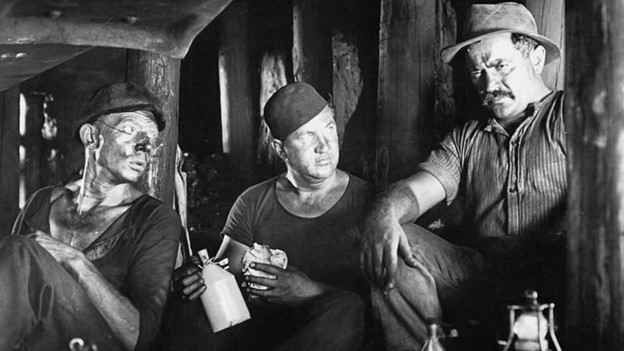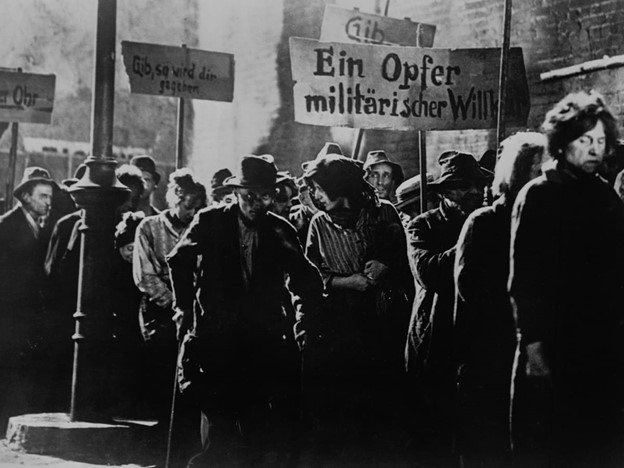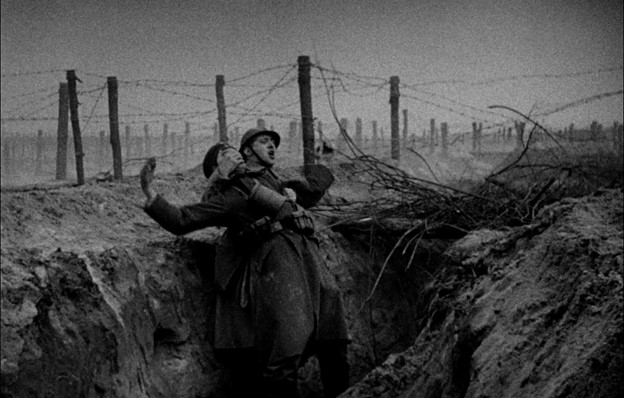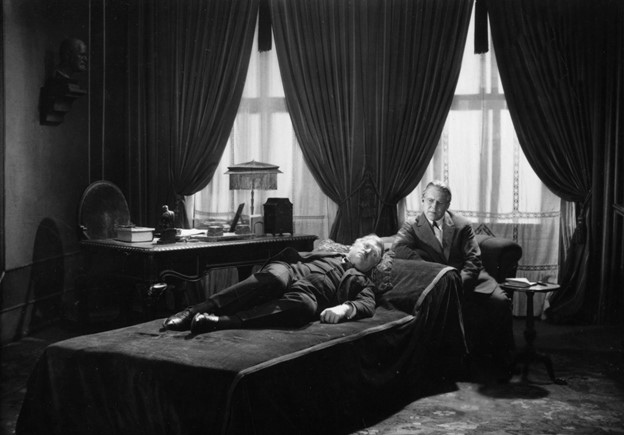J'accuse (1919)

Abel Gance "J'accuse" After the horrors of World War I, France was in a state of bitterness. Many were traumatized by the horrors of the war. Many were bitter and resentful. Many acted as if the war never happened. To those people, Abel Gance would say, "J'accuse!" The phrase 'j'accuse' is a quotation from the French novelist Emilie Zola. It literally translates to 'I accuse,' however the intention is that of bitter denunciation. Abel Gance was able to expertly capture the public mood of France after the war with his 1919 film " J'accuse ." The film centers on a love triangle between a poet named Jean, his lover Edith, and her husband Francois. The love triangle breaks apart after the war begins in 1914. Francois is enlisted and leaves for battle, Edith is captured by Germans, and Jean enlists to avenge her. When Jean comes home on leave years later, he discovers that Edith has returned, with the child of her German rapis






